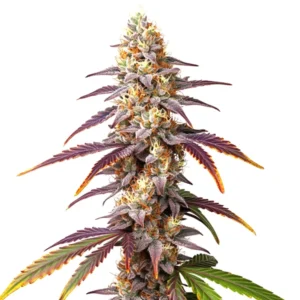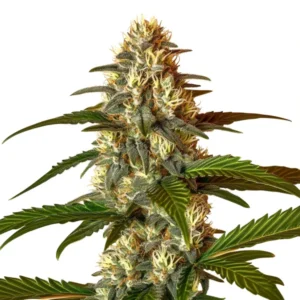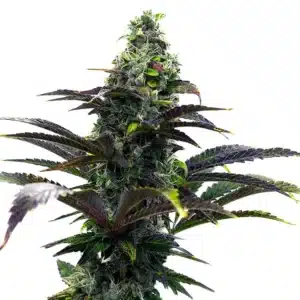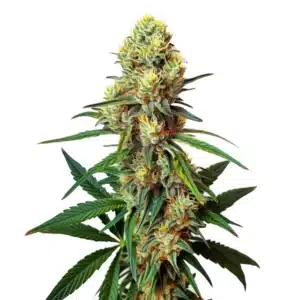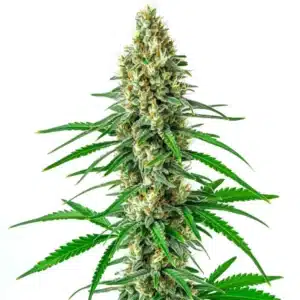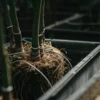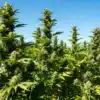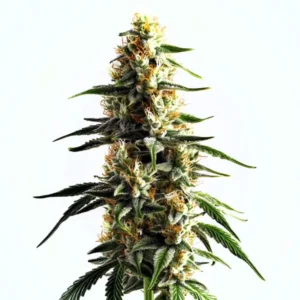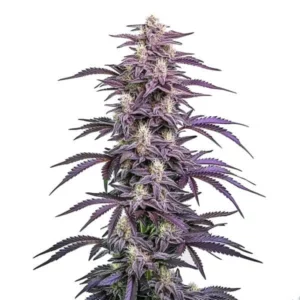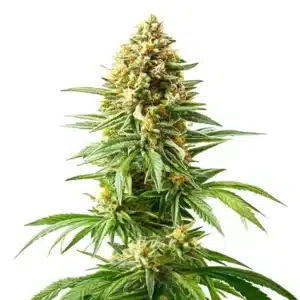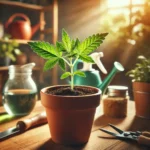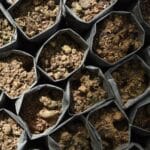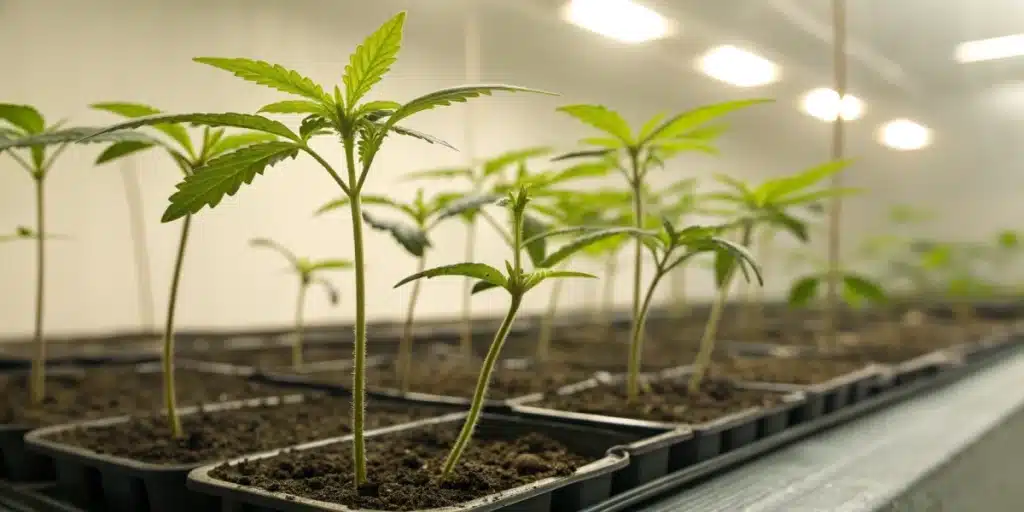
Expert Advice: Should Seedlings Be in Direct Sunlight for Best Results
Examining Seedling Light Requirements
Determining Ideal Light Intensity
Most seedlings flourish best under moderate light conditions that mimic their natural habitat. For example, many cannabis seedlings prosper with approximately 14 to 18 hours of light every day, which provides a balanced cycle of energy for photosynthesis. Too much direct light may burn the delicate tissue, resulting in stunted growth or even damage. Observing natural conditions in your growing area remains vital, especially in regions with harsh sunlight.
Benefits of Photosynthesis for Seedlings
Photosynthesis fuels the lifeblood of plant growth, and for seedlings, a thriving photosynthetic process promotes strong development. When seedlings receive ample, balanced light, they generate abundant energy that fosters overall plant strength and disease resistance. This process leads to better-developed roots and sturdier stems. Our expert reminds us that cannabis genetics are designed to withstand long hours of sun and even extreme heat, as long as watering is increased accordingly to prevent dehydration.
Recommended Strains
Frosted Guava
|
|
THC | 20% - 22% (Medium) |
|
|
Type | Feminized |
|
|
Yield | Low |
|
|
Phenotype | 65% Indica / 35% Sativa |
Frosted Guava Auto
|
|
THC | 20% - 25% (Medium) |
|
|
Type | Autoflowering |
|
|
Yield | High |
|
|
Phenotype | 50% Indica / 50% Sativa |
Promos & Deals
Advantages of Direct Sun Exposure
Accelerated Growth Processes
Direct sunlight offers a distinct advantage by accelerating growth processes. Exposure to sunlight provides an immediate energy boost that enables faster photosynthesis and more rapid cell division. For advanced growers, this can be taken a step further: by increasing the ambient CO2, plants can absorb even more light, further accelerating the photosynthesis process.
Gradually increasing exposure to natural sunlight helps seedlings adjust. And while grow lights can offer consistency, our expert emphasizes that the sun contains a much broader and more powerful light spectrum than any artificial lighting, making sunlight the gold standard for plant development whenever available.
Pro-Tip for Outdoor Growers: To get the best direct sun, orientation is crucial. A south-facing location will receive the most hours of direct sunlight, while north-facing spots will be mostly shaded. East and west-facing gardens will get a mix of sun and shade.
Development of Robust Seedlings
Sunlight exposure significantly contributes to the development of robust seedlings by promoting thicker leaves, sturdier stems, and deeper root systems. Direct sunlight stimulates healthy growth patterns and enhances the natural defense mechanisms of the plant. When seedlings enjoy the proper amount of natural light, they build a complex network of roots that support nutrient uptake and overall stability.
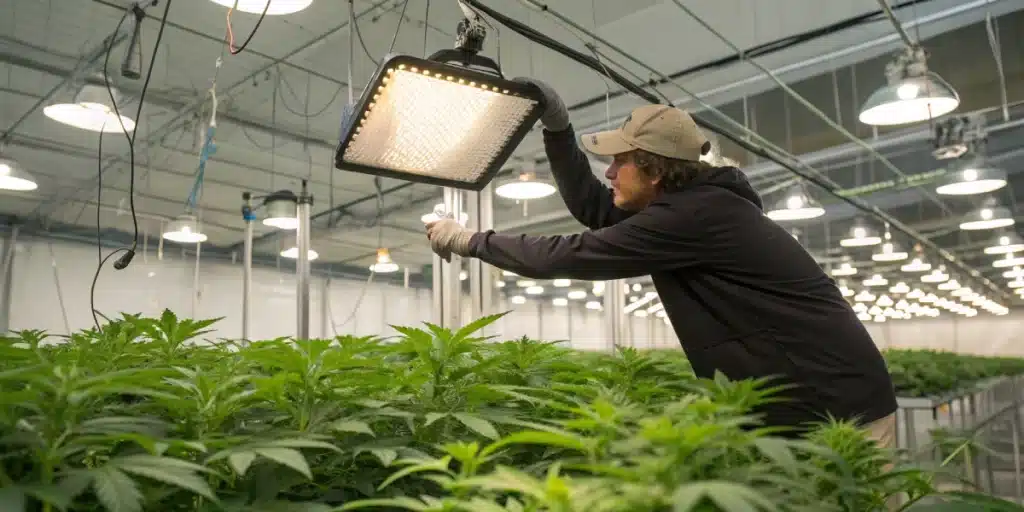
Risks of Excessive Sunlight Exposure
Heat Stress and Burn Indicators
Although direct sunlight often boosts growth, excessive exposure poses major risks such as heat stress and sunburn. Seedlings experiencing too much intense light develop signs of distress like wilting or yellowed leaves. Recognizing these early signs helps cultivators act swiftly to adjust their light regimen.
A critical mistake to avoid is spraying the leaves during peak sun hours. Never fumigate, apply foliar treatments, or even water the leaves when they are in direct, intense sunlight. The water droplets act like tiny magnifying glasses and will cause the leaves to burn. Always perform these tasks in the early morning, late evening, or on an overcast day.
Potential Moisture Loss Issues
Excessive sunlight can also hasten moisture loss, leaving seedlings prone to dehydration. Intense heat elevates evaporation rates, leading to quick drying of the growing medium. Monitoring soil moisture becomes crucial, and employing mulches can help retain much-needed water.
Alternatives to Direct Sunlight
Benefits of Indirect Light
Indirect light presents an excellent alternative to prevent overexposure in sensitive seedlings. This gentler light source offers sufficient illumination for photosynthesis without the risk of heat stress. By placing plants in areas with filtered or dappled sunlight, cultivators help maintain steady growth.
Effective Use of Artificial Lighting
Artificial lighting offers versatile alternatives when natural sunlight is insufficient or too harsh. It’s essential to understand the light spectrum and its role in different growth stages. For vegetative growth, a cooler, blue-toned light from a fluorescent or a 250w lamp is often sufficient. However, for plants to flower properly, they require not only a change in cycle but also a more intense, warmer light with a spectrum rich in red and orange colors, which mimics the autumn sun. Without good light power, such as a 600w HPS lamp or a powerful full-spectrum LED, and direct exposure, plants will not flower well. When choosing your LED fixture, ensure it includes these warmer color tones, as HPS lights have an ideal spectrum for cannabis flowering.
Balancing Light Conditions for Healthy Growth
Determining Optimal Exposure Duration
Finding the ideal balance of light exposure remains critical. Experimentation often reveals that too much direct light provokes stress, while too little restricts energy production. A gradual adaptation process works best, starting with short sunlight periods and slowly increasing intensity as plants adapt.
Another key aspect of balancing light is ensuring it reaches the whole plant. The lower branches often receive more shade and less light, which can lead to smaller, underdeveloped buds. Techniques like Low-Stress Training (LST) or selective pruning can open up the plant’s structure, allowing more light to penetrate the canopy and reach these lower sites.
Monitoring Seedling Vitality
Regularly inspecting seedlings for signs of stress ensures optimal light conditions. Vibrant, dark green leaves, firm stems, and consistent growth serve as clear indicators of a thriving plant. Keeping a detailed log of light exposure and plant responses helps growers fine-tune conditions for maximum health.

FAQs about Should Seedlings Be in Direct Sunlight
How long can seedlings tolerate direct sunlight safely?
Seedlings generally manage a few hours of direct sunlight each day if introduced gradually. Start with limited exposure and slowly extend the duration to build tolerance. Regular checks help ensure seedlings remain healthy, prompting adjustments when signs of stress appear.
What symptoms indicate sunburn in seedlings?
Sunburn often appears as crispy, brown leaf edges or discolored spots on the foliage. Wilting and a slowed growth rate also signal that seedlings are experiencing too much direct sunlight. Adjusting their light exposure can prevent further damage.
Should I use shade cloth to protect young plants?
Shade cloth effectively reduces intense direct light, protecting delicate seedlings from heat stress. Many growers opt for it during the hottest parts of the day to ensure plants remain robust and healthy while still receiving ample light.


